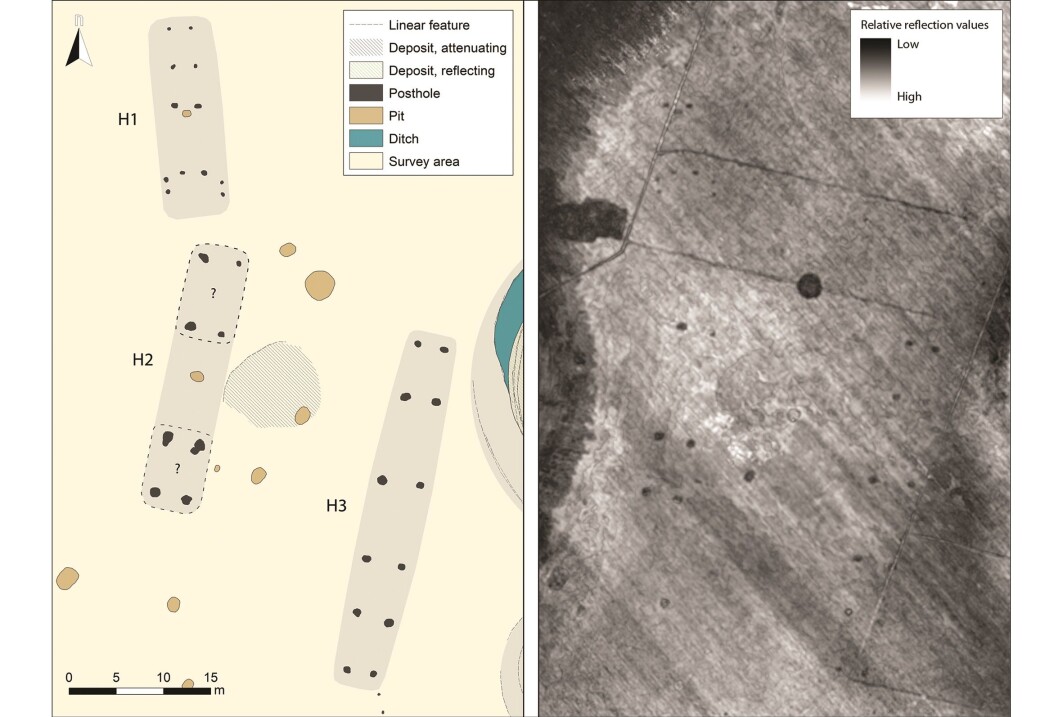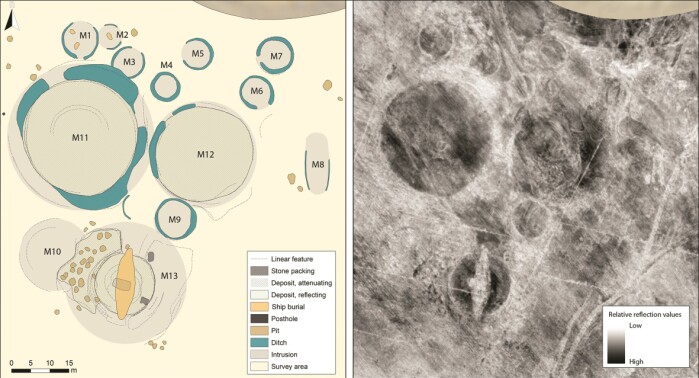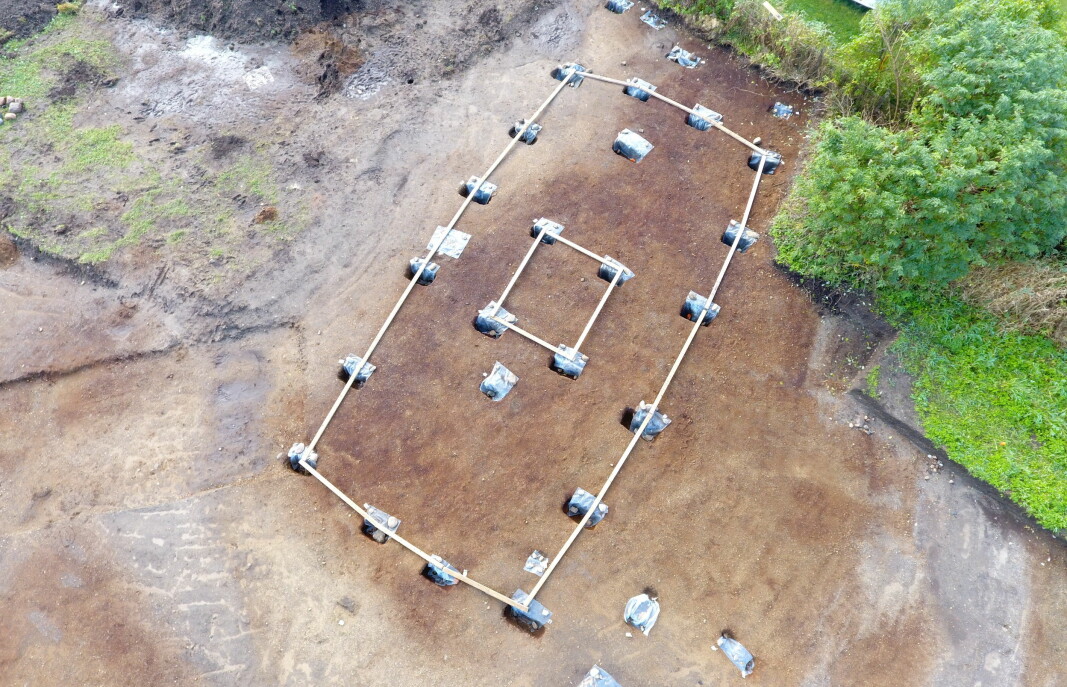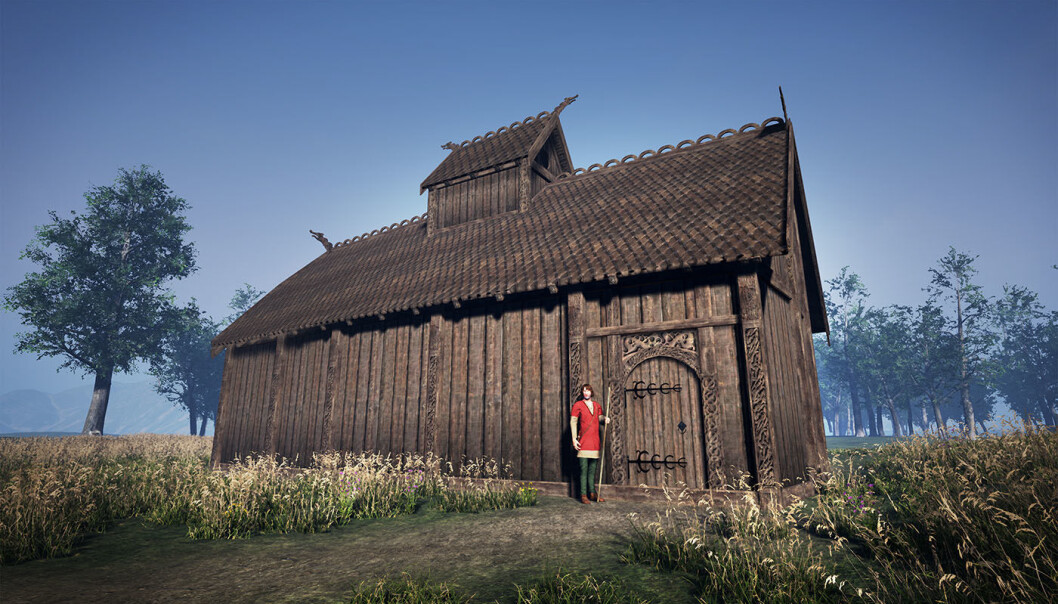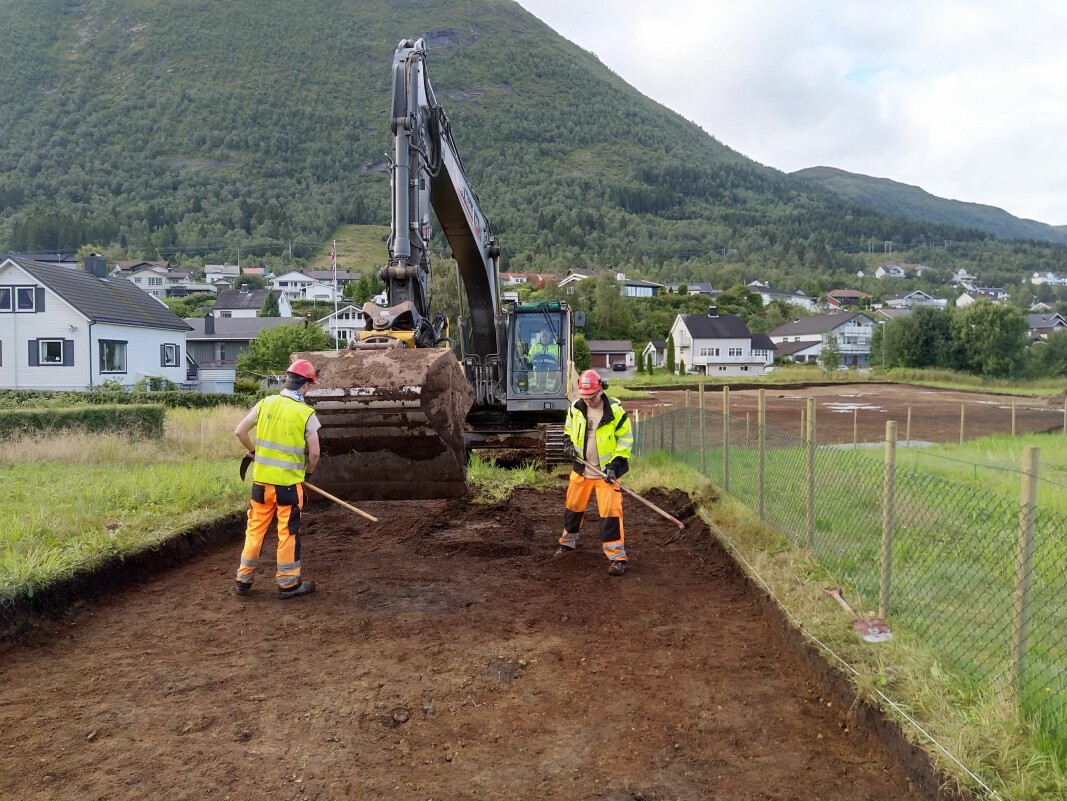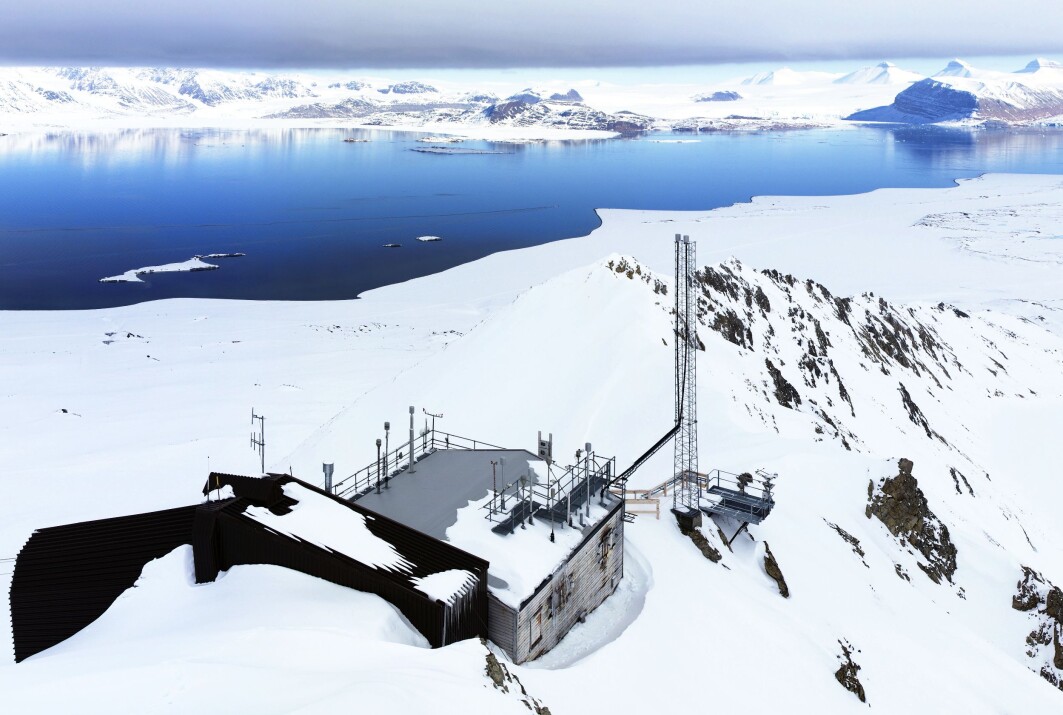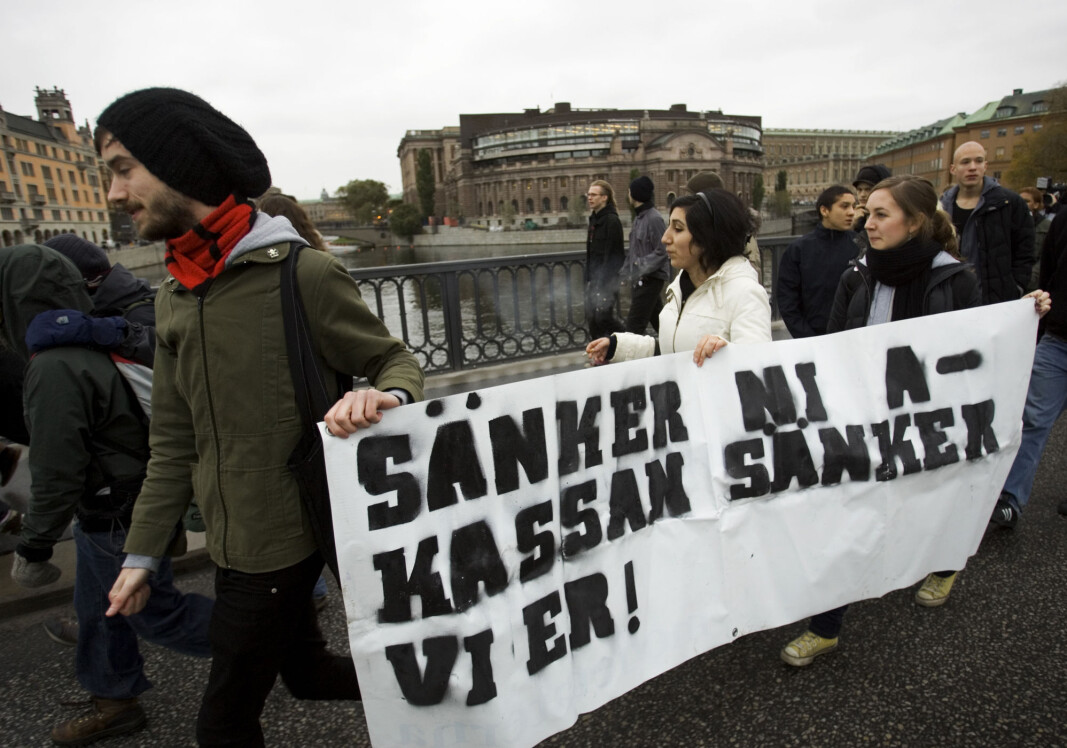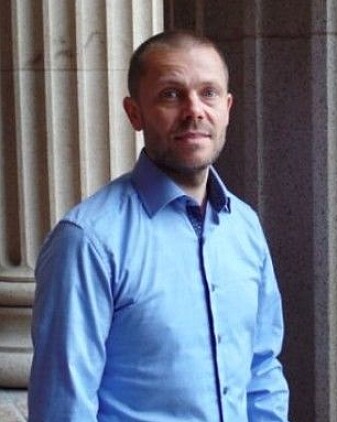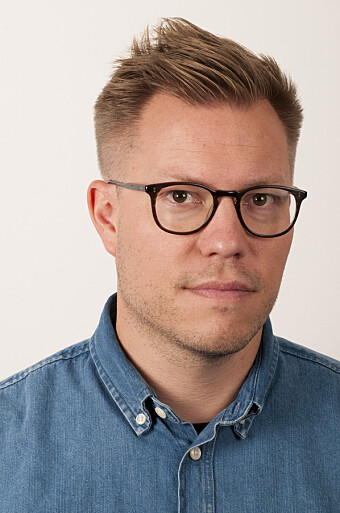Issued on: 21/11/2020 -

Berlin (AFP)
A dancer in harem pants moves down a Berlin street next to a skinhead wearing a "Reich" flag: Germany's escalating anti-mask protests in the coronavirus pandemic draw from a wide, seemingly contradictory range of political camps.
A rally of nearly 10,000 opponents of government-imposed social restrictions to curb the spread of Covid-19 in Berlin this week brought together a motley band of demonstrators with ostensibly little in common -- apart from crumbling faith in institutions and representative democracy.
On Saturday, another demonstration is set to take place in the eastern city of Leipzig. The protest in the German capital, which led to 365 police detentions, gives a taste of what could be expected.
The scene in front of the Brandenburg Gate Wednesday marked a dizzying confluence of LGBT rainbow flags and Gandhi banners intermingled with posters for the increasingly international QAnon conspiracy movement.
Marchers wearing red Trump "MAGA" hats could be spotted in the crowd next to evangelicals, climate activists and "peace"-shouting hippies.
Most of the protesters remained peaceful while they railed against vaccines and dismissed the dangers of the virus, but a violent hard core attacked police.
Some 77 officers were injured at the demonstration, with Berlin police chief Barbara Slowik saying that "the brutality of the violence was immense."
"Some have told me that we have not experienced something like that in decades," she told the Tagesspiegel daily.
"We are moving away from a very colourful public and are now increasingly dealing with a spectrum of people who generally reject our system and are prepared to use extreme violence."
- New conspiracy theorists -
Repeating a common but false refrain of the demonstrations, one protester, Ina Meyer-Stoll, claimed: "The death rate isn't higher than ones you see for flu outbreaks."
Another activist on the streets, Achim Ecker, an erstwhile Greens voter in his 50s, said he had "lost confidence in the political parties" particularly with regard to potential approval of a vaccine.
Others' harmless appearance belied jaw-dropping views.
Grandmother Birgit Vogt, 75, denied the existence of the pandemic and didn't hesitate to draw a parallel between the restrictions and the seizure of dictatorial powers by the Nazis in 1933: "Fear and panic allow you to control the masses, as in Hitler's time".
"Just like after 9/11, which gave way to countless conspiracy theories, I worry that we're seeing the same phenomenon with the pandemic," warned Miro Dittrich of the anti-extremism group Amadeu Antonio Foundation.
He told AFP that such movements were "dramatically increasing their followers and many are newcomers. The shutdown has played a role, as people are cut off from their social environment and spend an extremely large amount of time online."
- 'Think differently' -
In the meantime, right-wing extremist groups and the far-right Alternative for Germany (AfD) party have been effective in harnessing a wide range of objections to the government response to the pandemic.
On Wednesday, about a dozen demonstrators began shouting "Sieg Heil" while performing the banned stiff-armed Hitler salute, in the presence of police, an AFP reporter saw.
Anti-Semitic slogans have been a fixture of some of the corona-sceptic demonstrations in Germany this year.
"The link between the conspiracy theorist scene and the far right is unfortunately quite logical because they have a lot in common," Dittrich said.
"Both believe that a small elite secretly controls events at the expense of 'the Germans', as well as controlling the mass media, and that the truth can only be found in 'alternative' media."
The umbrella group for most of the demonstrations since the outbreak of coronavirus is called Querdenken or "Lateral-thinkers".
Founded in Stuttgart, it calls itself a "freedom movement" that embraces "peaceful and non-partisan" ideals and claims to have more than 100,000 supporters, including personalities such as international footballer Thomas Berthold.
But "the organisers of Querdenken have shown in the past that they're not afraid of contact with the (virus) deniers and conspiracy theorists," warned Simon Teune, a researcher at Berlin's Technical University who specialises in protests.
"The original intention of the demonstrations -- namely to protest against the measures initiated by the state -- is often overshadowed," it said.
"Instead, they are being used to turn governments and the media themselves into 'objects of protest and hatred'."
© 2020 AFP

